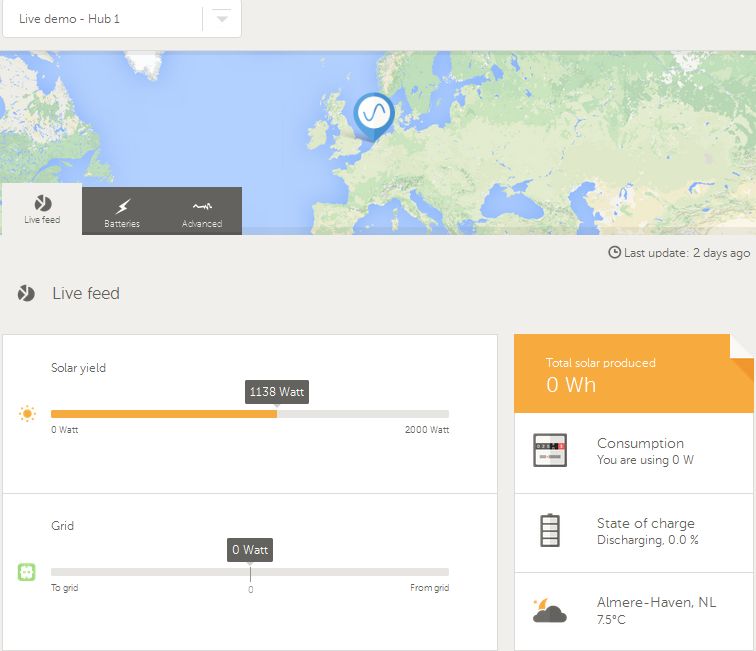Nice small detail on these to screenshot.
Float level and still high output from the solar panels.
Only difference between them: A load of 200W via a Victron inverter, still manually remotely applied thought ;-(
TriStar MPPT - Live Data (1).JPGTriStar MPPT - Live Data.JPG
Float level and still high output from the solar panels.
Only difference between them: A load of 200W via a Victron inverter, still manually remotely applied thought ;-(
TriStar MPPT - Live Data (1).JPGTriStar MPPT - Live Data.JPG


Comment